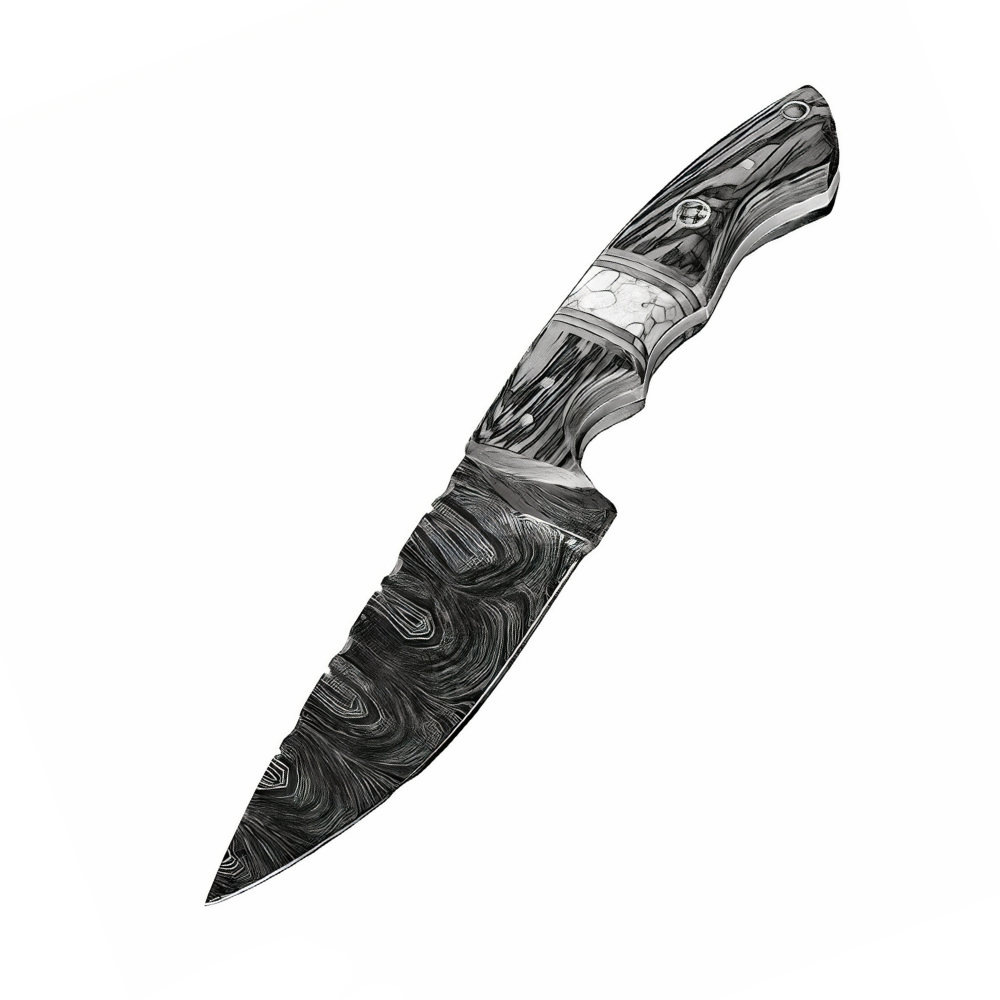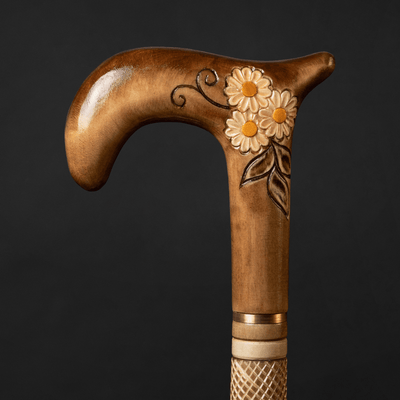You have no items in your shopping cart.
Recent Posts
-
How to Walk With a Cane Correctly to Avoid Back or Shoulder Strain?
-
5 Common Mistakes People Make When Buying a Walking Cane (and How to Avoid Them)
-
How to Choose a Walking Cane That Reflects Your Personality (Not Just Your Needs)?
-
Walking Canes That Match Formalwear for Weddings and Events
-
Why Walking Canes Are the New Fashion Statement?
-
How to Eliminate Hand Discomfort When Using a Walking Cane – The Simple Leather Grip Solution
MOST POPULAR NOW
07
Jan

Henry Howell & Co walking sticks. Was founded in 1832 and was originally based at 76 Aldersgate, London. By 1895 the company had relocated to 180 City Road, London, employed over 460 people, and marketed itself as the world’s largest manufacturer of walking sticks.
Henry Howell & Co walking sticks
In its time, the cane manufacturer known as Henry Howell & Company, London, England was the largest and one of the world’s most prestigious makers of fine walking sticks. Their canes are much sought after by collectors today and are often, but not always, identified by the distinctive Henry Howell Co. badge or button. This is a small (1/4” to 3/8”) brass disc inlaid into the wood of the shaft and stamped with the maker’s mark. Howell canes that which pre-date the use of this marker can also be identified by the initials HH incised on either the ferrule or the collar.
The Howell shop, established at number 76 Aldersgate in London in 1832 by John Howell, was highly regarded among Londoners and featured high-class hosiery and a variety of fashion accessories. After John’s wife, Sarah, died in 1851, the shop was jointly operated by John, his son Henry, and daughter Amelia. A few years later, a nephew, Jonathan, was recruited as apprentice from a branch of the family living in Wiltshire. Among the high end accessories offered in the family business would have been a line of fashionable walking canes.
The Howell shop, established at number 76 Aldersgate in London in 1832 by John Howell, was highly regarded among Londoners and featured high-class hosiery and a variety of fashion accessories. After John’s wife, Sarah, died in 1851, the shop was jointly operated by John, his son Henry, and daughter Amelia. A few years later, a nephew, Jonathan, was recruited as apprentice from a branch of the family living in Wiltshire. Among the high end accessories offered in the family business would have been a line of fashionable walking canes.

In 1859, Henry married a widow named Sarah Akerman, whose first husband had been a manufacturer of walking sticks for the wholesale market. Three years later, Henry had left the family shop at Aldersgate and established a cane merchandising concern under his own name on Old Street in London in a building formerly occupied by James Thomas Akerman, a long time manufacturer of walking sticks, parasols, and umbrellas. It is unclear whether Henry purchased and took over the existing cane works, or if he began anew merely occupying the site of the former manufactory. What is known is that Henry Howell & Company flourished as a business, expanded rapidly to become one of the world’s leaders in the production of high quality walking sticks, and made Henry Howell a very wealthy man.
In 1867, Jonathan, the sole remaining proprietor of the original family store on Aldersgate, closed shop and joined his cousin Henry in the manufacturing of canes. Henry and Jonathan continued to expand the firm together until 1888, when Henry, a childless widower, died and left everything he owned to Jonathan. By 1895, Henry Howell & Co. employed 460 people and declared itself the largest single manufacturer of walking sticks in the world. The business continued to thrive for many more years under the able stewardship of Jonathan Howell and probably reached its pinnacle around 1910. Henry Howell & Co., however, was destined to suffer greatly in the wake of the great World War. A devastating loss of many of the skilled laborers needed to man the factory, along with a simultaneous somber turning away of the public’s taste for the frivolities of fashion, and further accompanied by an unfortunate series of dry winters that decimated the umbrella portion of the business, all worked together to drain the company of its assets, weakening its financial position in the years between the wars.
Shortly after Jonathan Howell’s death in 1934, the new directors, in a desperate effort to maintain a forward-looking position, invested the remainder of the company’s cash reserves in the building of a new factory at Burnt Oak, Hendon. The project quickly floundered and Henry Howell & Co. went into receivership and was no more. But many of the thousands of beautifully crafted Howell canes produced in the company’s happier days can still be found in the antique markets and make a welcome treasure to any collector appreciative of the history of walking sticks.
In addition to the telltale “button” or round plate inscribed “Howell London England” as seen in the picture below, the classic Howell maker’s mark has the letters “J.H.” stamped inside a diamond shape. Most Howell canes had the diamond background; however, there were some that had the “J.H.” stamp inside a rectangular background. Unfortunately, there are many other makers who used the initials “J.H.” inside a rectangle, in addition to other background shapes, but it is fairly easy to determine which are not Howell sticks.
Also Purchased
-
Beige Walking Cane for Ladies Chamomile Flower, Wooden Walking Stick
Introducing our beautiful Beige Walking Cane for Ladies with Chamomile Flower, a Wooden Walking Stick that is hand carved and handmade, making it both pretty and unique. This walking cane...$90.00$79.50 -
Exotic Burl Wood Walking Cane – Fashionable Artisan Stick
A sculptural statement in deep, oceanic blue — this walking cane is more than a support accessory, it's wearable art. Meticulously hand-shaped from stabilized burl wood, the handle evokes the...$425.00 -
ArtWalkingSticks™ MAGIC Red Walking Cane - Unisex, Handmade
This piece of art is created for those who value details. We make one of a kind, handcrafted wood and resin canes. Our Wooden Canes are completely unmatched in creativity....$425.00 -
Fashionable Lion Shoehorn Long Handle, Pearly Brown Shaft, Handmade
Introducing our Fashionable Lion Shoehorn, a handcrafted, long-handled shoe horn with a pearly brown shaft that's both stylish and practical. The intricate Lion design adds a touch of elegance to...$240.00 -
Carved Lion Head Comfortable Walking Cane, Unusual Crazy Walking Stick
Want to add a touch of royalty to your style? Look no further than our carved lion walking cane. People have used decorative lions in décor since ancient times, and...$182.00 -
Stylish Walking Cane For Man and Women, Natural Wood Canes, Designer
In order to make this stylish walking cane we used world color tendencies. This piece of art is created for those who value details. We make one of a kind, handcrafted...$430.00
































